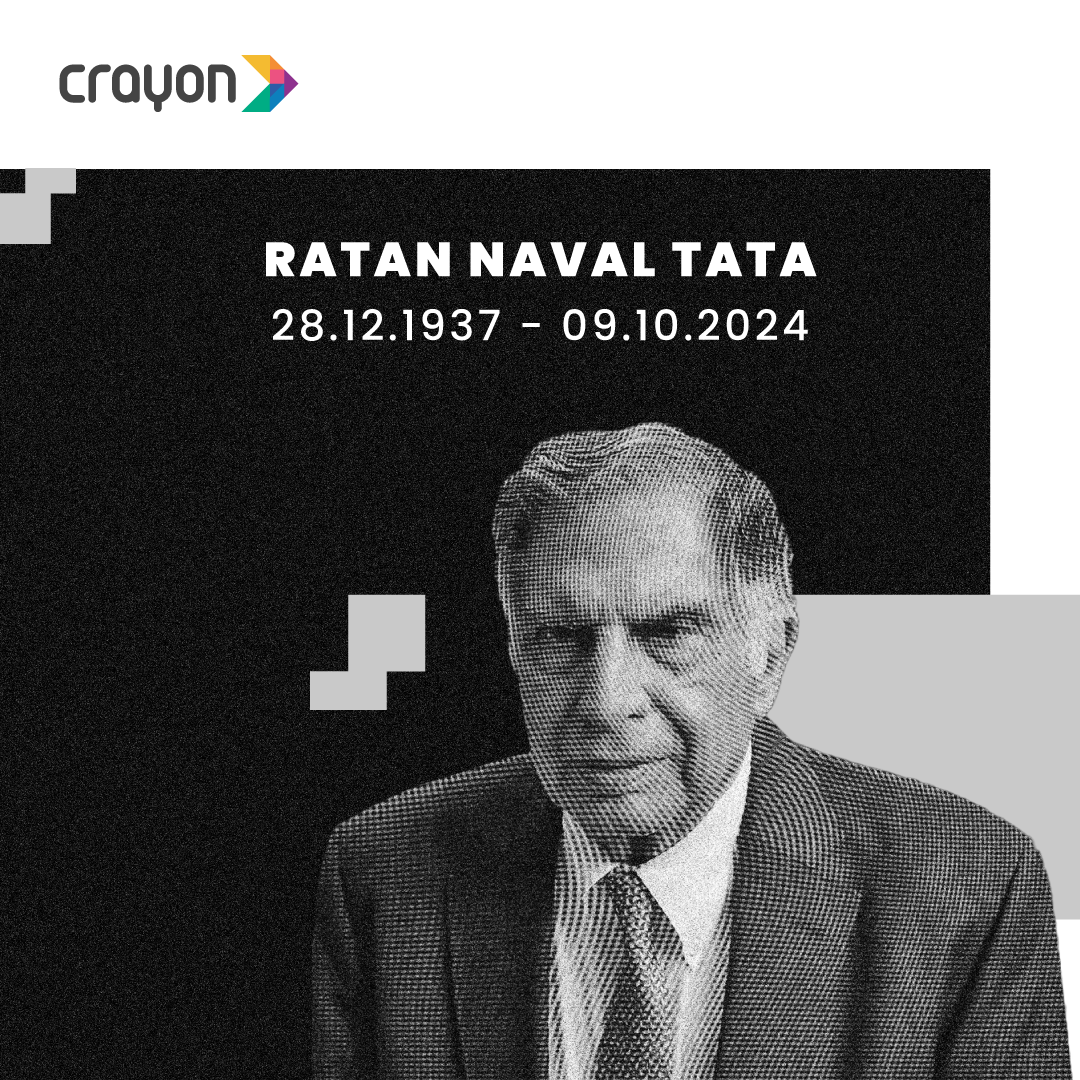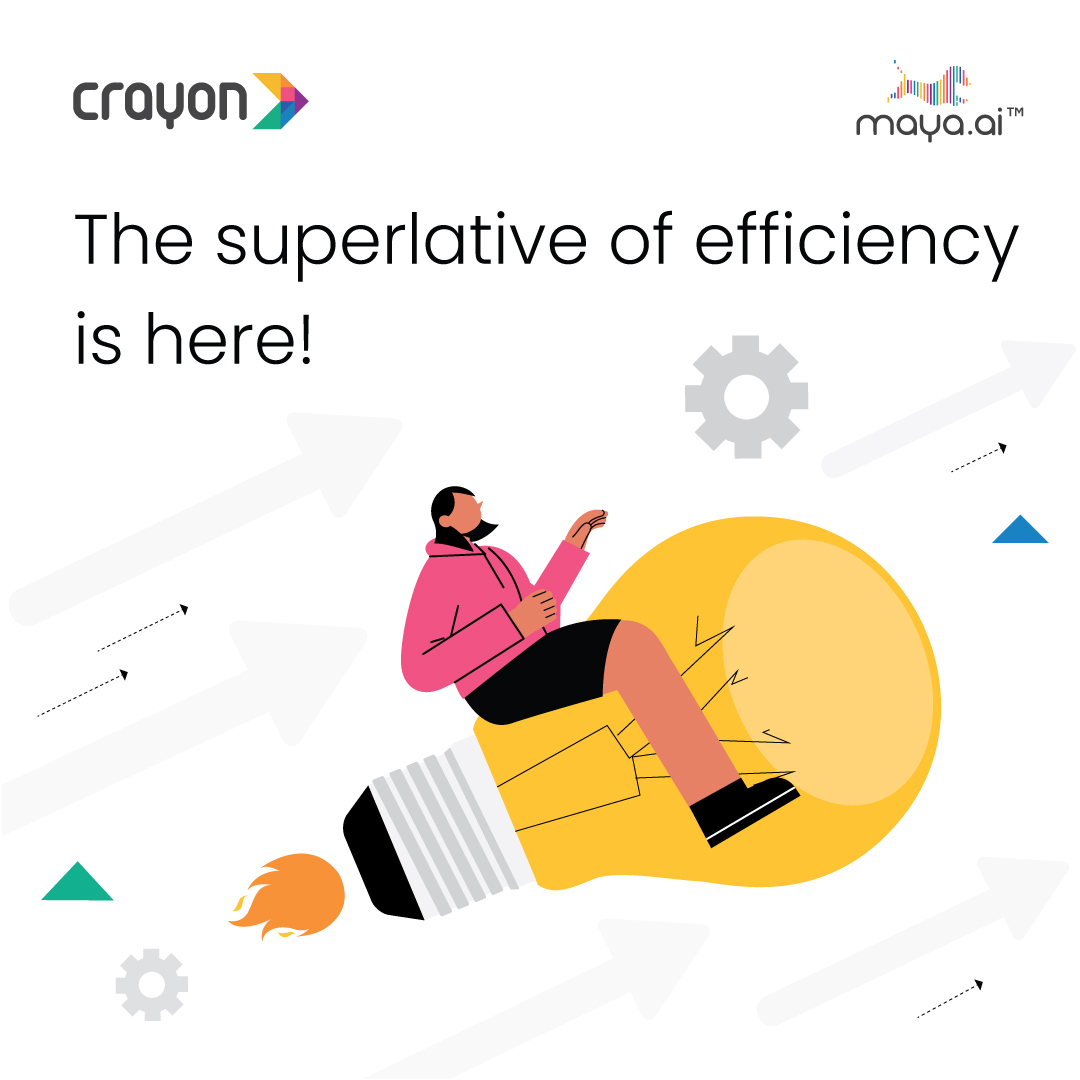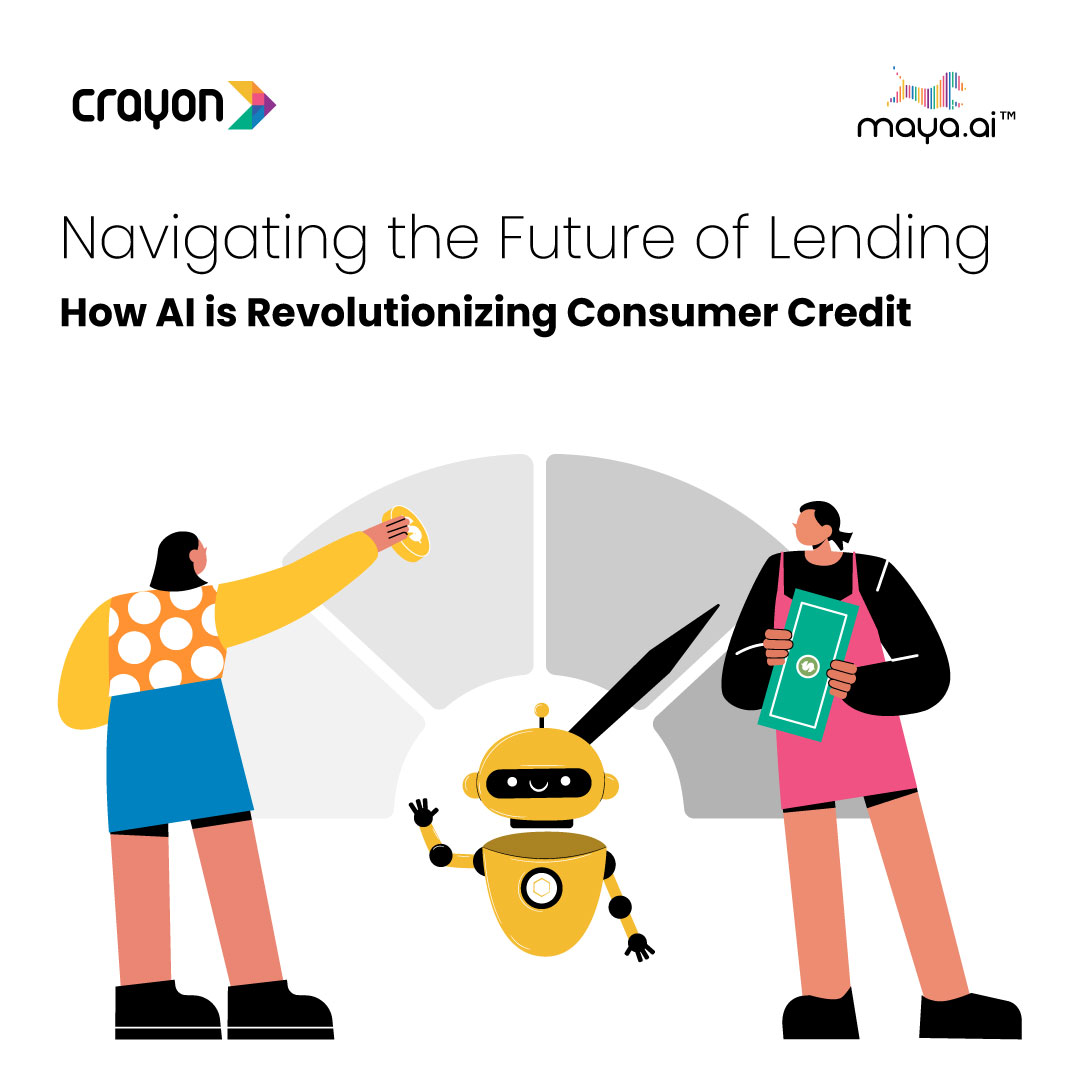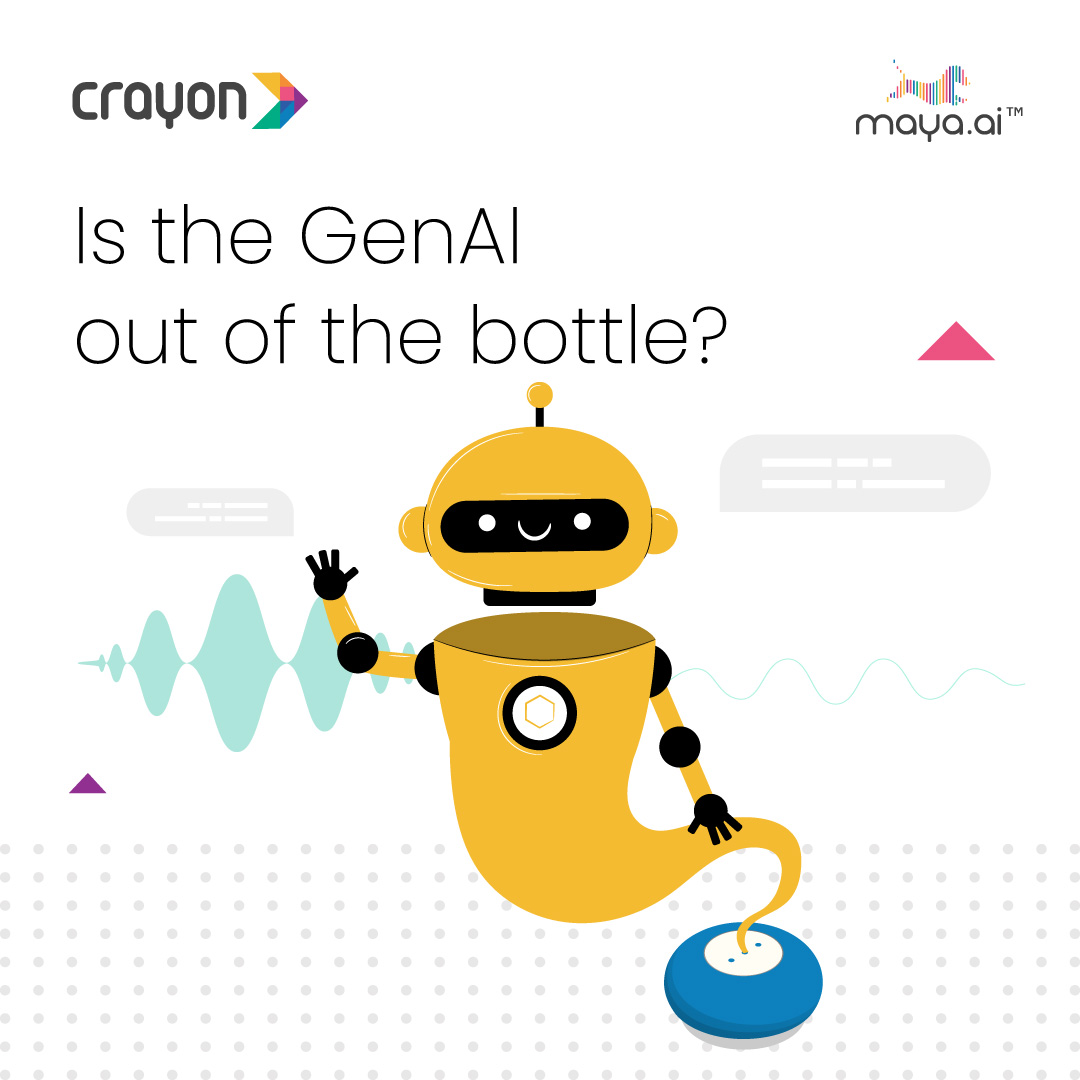To feed the world’s rapidly-expanding population in the coming decades, agriculture must produce more. Big data holds one of the keys for farmers, but it’s also a weapon that could be used against them.
Dusty wooden stairs lead up to the barn office, which overlooks miles of green fields and giant combines parked on gravel drives. It’s a cool April day in Palmyra, Indiana, and there is a high chance of rain. Six men huddle around a table, hunched over computers.
A transaction is finishing up. Jeff McGee, an independent farmer from across the Ohio River, is handed a thin cardboard box with a crop yield monitor inside. He nervously eyes it before tucking the package under his arm, quietly asking questions about how to set up an account, where to buy his new iPad. He hands over a credit card to the Climate Corporation salesman, watches as the numbers are punched into a digital form. In the background, fingers type quickly, entering soil test results gathered earlier this week. Tablets on the desk buzz, notifying they’re finished syncing cloud data. An infrared map of a nearby field glows on the computer monitor, showing precipitation trends from the past week.
McGee looks around. Skepticism lines his face, but confidence fills his voice. “I didn’t want to be the first one over the fence, but I sure didn’t want to be the last one,” he says.




